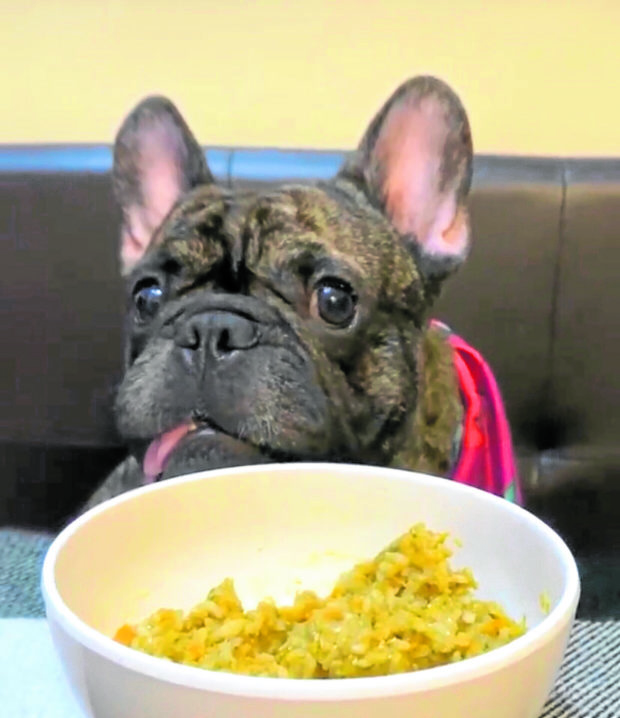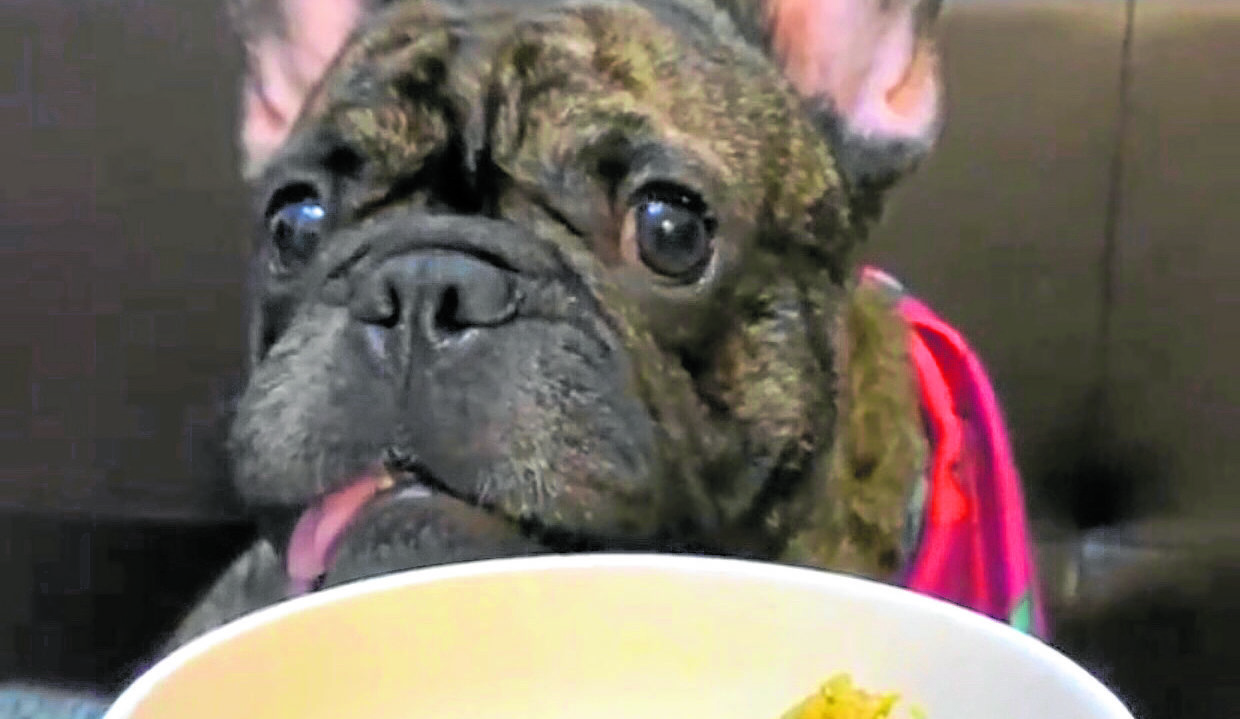
We all dream about that perfect diet for ourselves. But what about for our pets?
Experts say that no amount of artificial supplements can match what is naturally derived from real food. But the pet food market is a booming industry, fueled by our modern, busy lifestyles as pet owners.
We treat our pets as family, so we want to give them the best. Good food, balanced lifestyle and a happy environment are the foundations for a healthy life for our pets. When it comes to feeding them, remember that there is no such thing as “dog food” and “human food.” It’s all the same food. A fresh food diet is not only good for us but for our dogs as well.
Our busy lives, however, dictate the quality and type of food we provide for our pets. We’re sometimes not that fastidious with the quality of the food we ourselves eat, so we tend to be the same with our pets’. Thus, fast food for us and kibbles for them.
Though the dog food industry has improved so much over the years, we simply cannot compare commercial dog food with real food. Let’s try to understand our pets’ species so we can better appreciate what is essential for them.
The dog is a domesticated carnivore. But recent studies have shown that a dog, in fact, is an omnivore. That means that they can eat and digest nutrients from plants, veggies and grains as well as meat.
Health issues related to diet
Many acute and chronic health problems are directly related to diet. So here are a few reasons you should consider in preparing fresh and healthy food for your dog.
1. You save money by giving your pet quality nutrition.
2. You can control the ingredients and the recipe, so you know what goes into the food.
3. Fresh food is best and tastes even better.
4. Healthier dogs are better pets.
5. And, more importantly, the meals you make are way more superior to any commercial dry/canned dog food.
Should you decide to feed your dog fresh food, here are things you need to consider.
1. Dogs needs 49 percent protein in their diet. Proteins are often associated with liver and kidney problems, but naturally derived proteins are beneficial to dogs. A dog’s diet recommendation is 75 percent meat, organs and bone, and 25 percent veggies and fruits.
2. Meat from beef, chicken and pork must be sourced from reputable suppliers. Nontraditional meats like turkey and lamb can also be used. Whether you choose to feed these meats cooked or raw is something you should discuss with your veterinarian. Do your own research as well.
3. Don’t cook bony meats as they can cause choking and indigestion.
4. Also, research on what food is toxic for your dog. Onions can cause Heinz body anemia, a form of hemolytic anemia that destroys your dog’s red blood cell. Raisins and grapes may cause organ toxicity as mycotoxins—chemical products produced by fungus—are common contaminants of grapes.
5. Prepare meats quickly. Meat needs to stay cold to keep pathogens or harmful bacteria from multiplying and to preserve the quality. Should you need to prepare your dog’s food ahead, freeze it quickly after cooking to retain moisture and nutrients. And, of course, keep the bowls and containers clean. Unlike commercial dog food, your fresh food does not contain preservatives.
So how much food do you give your dog? Some points to consider:
Small dogs burn more food for their size than bigger dogs. They also mature faster than big dogs.
Effects of neutering may slow down your dog’s metabolism. Generally, you need to adjust the amount of food you give to your dog. Five percent of its total body weight is the most ideal for daily food intake.
Establishing your dog’s feeding habit is very important. Scheduled feeding will help you determine any changes in your dog in order to transition successfully to a fresh food diet.
Now how will you know that your fresh food is working? A happier and more vibrant pet. Also, less smelly poop and less fur on your clothes.
Happy feeding! —CONTRIBUTED INQ
The author is the veterinarian-founder of Philippine Pet Birth Control Center Foundation Inc.
Next week: Nutrition for cats.









































